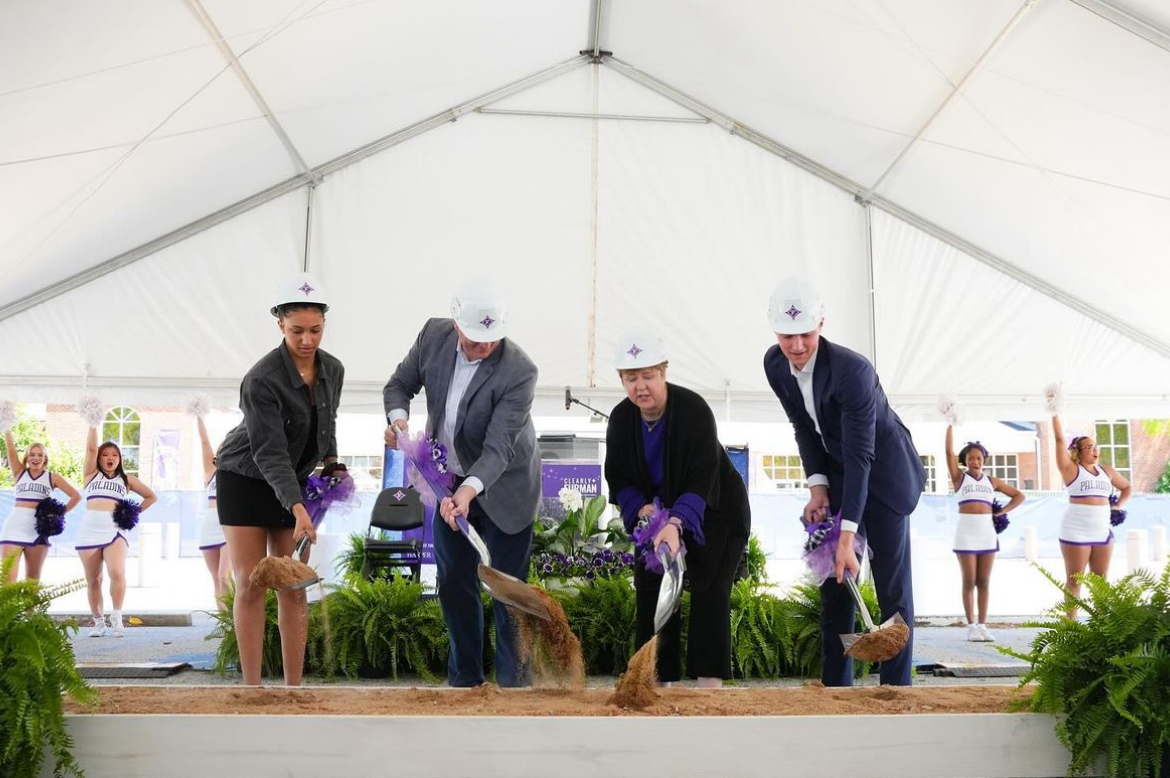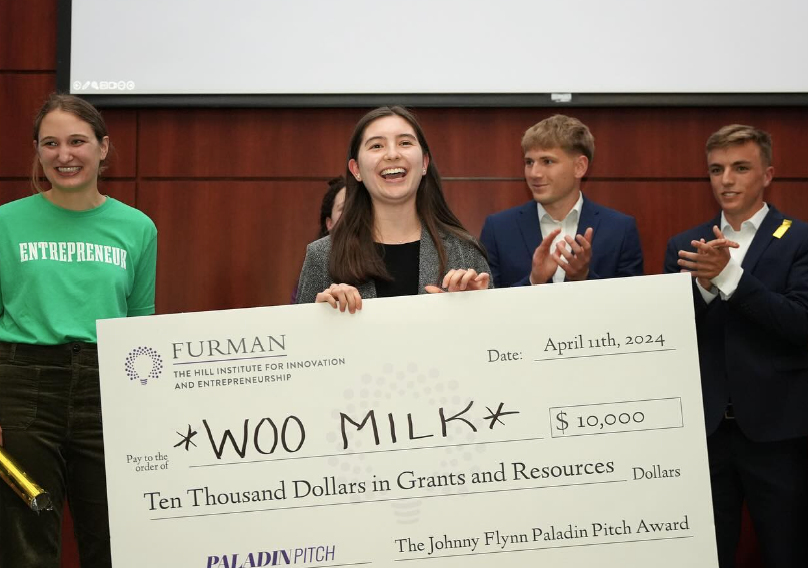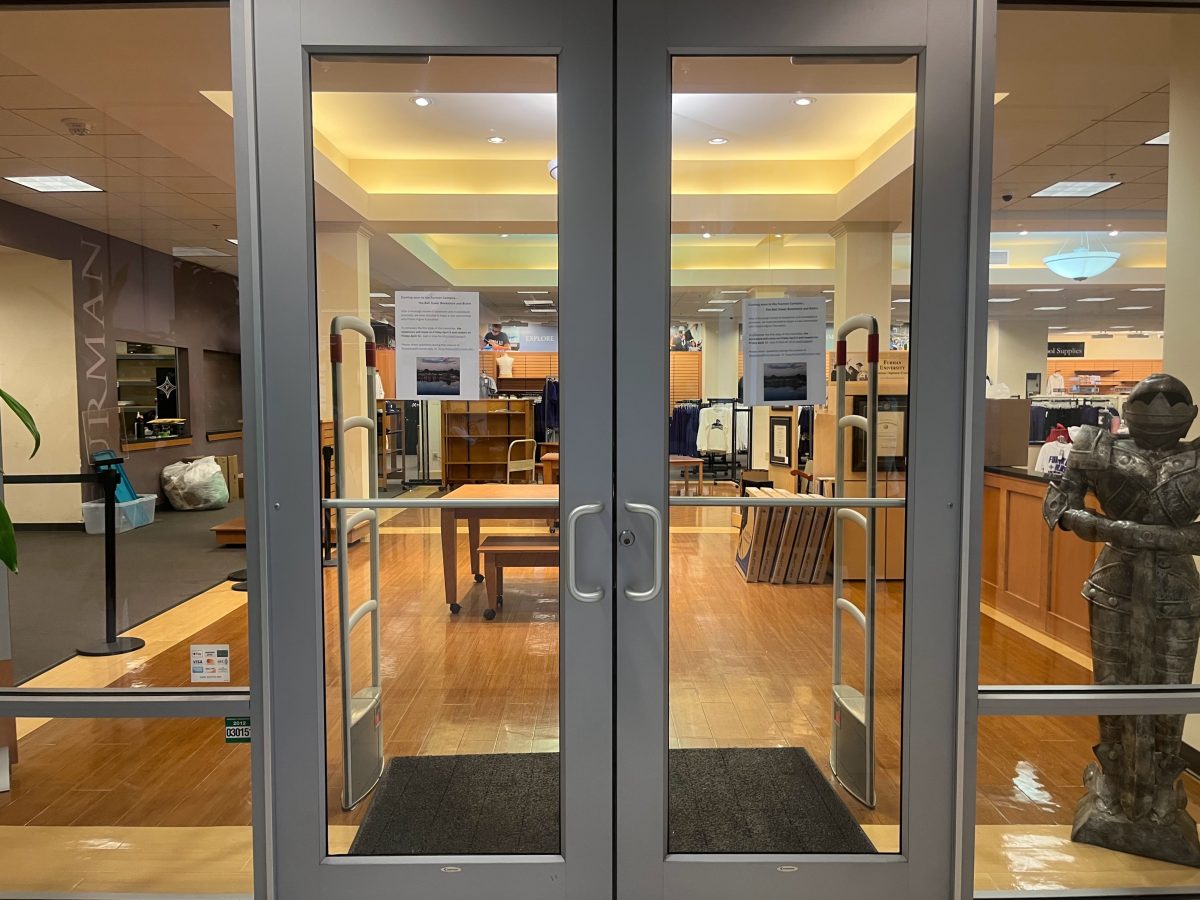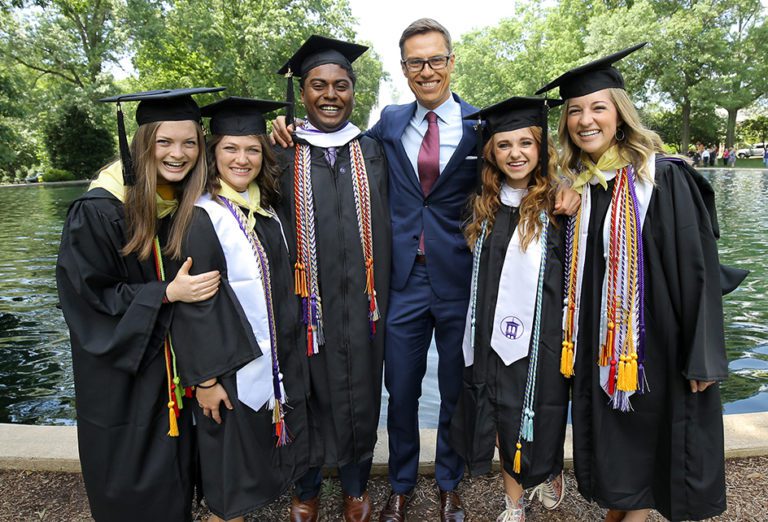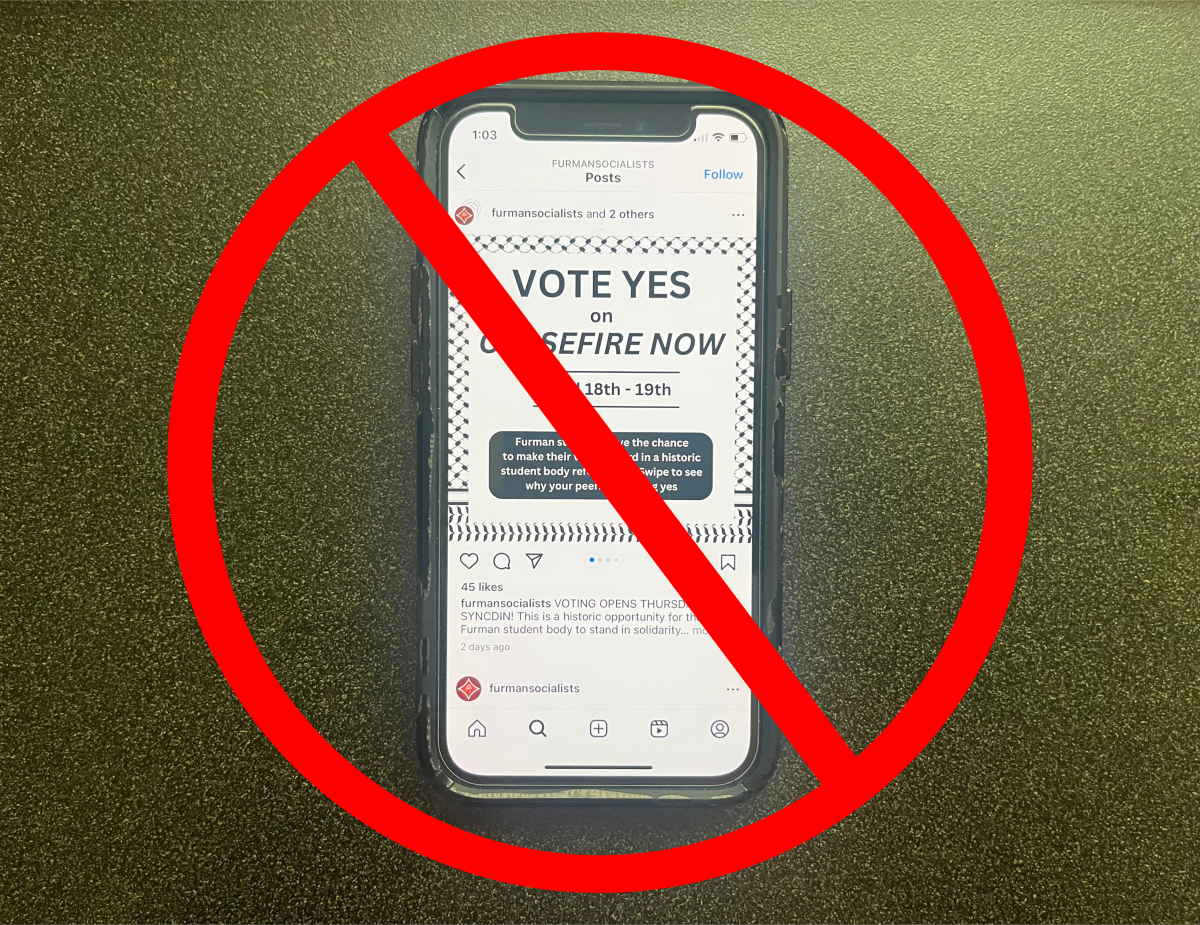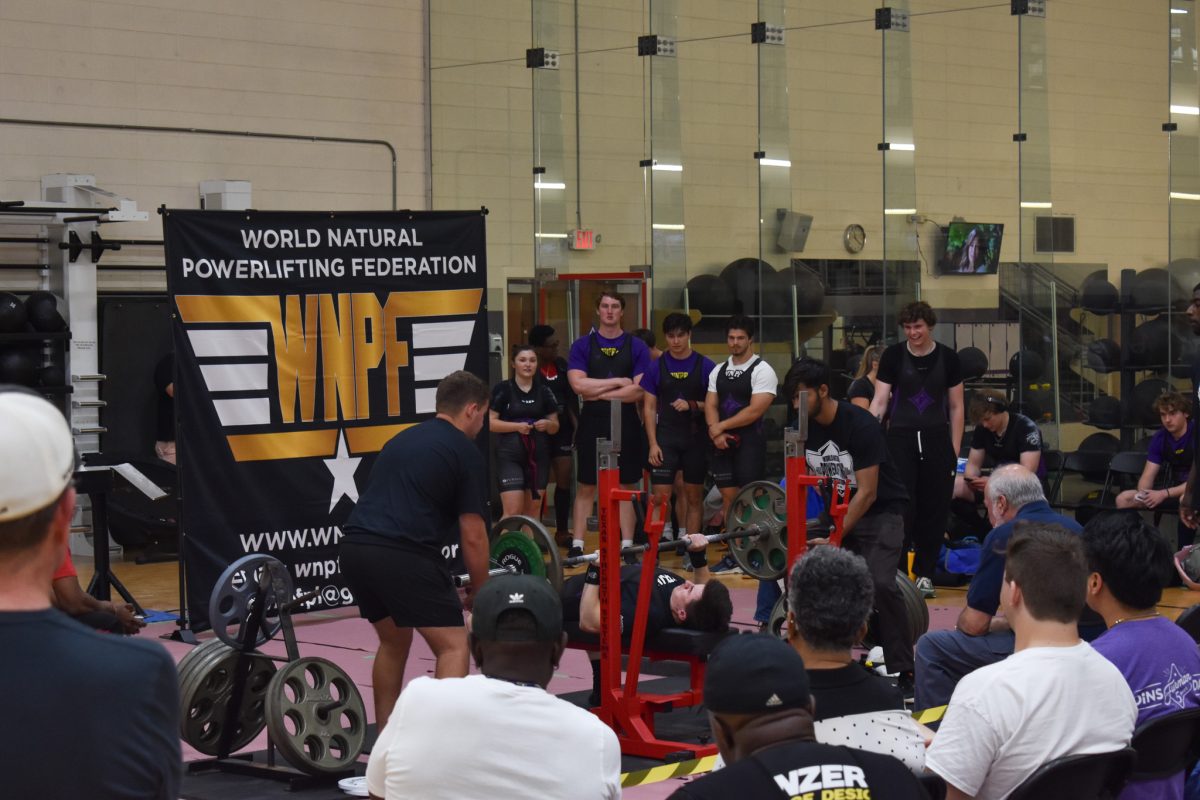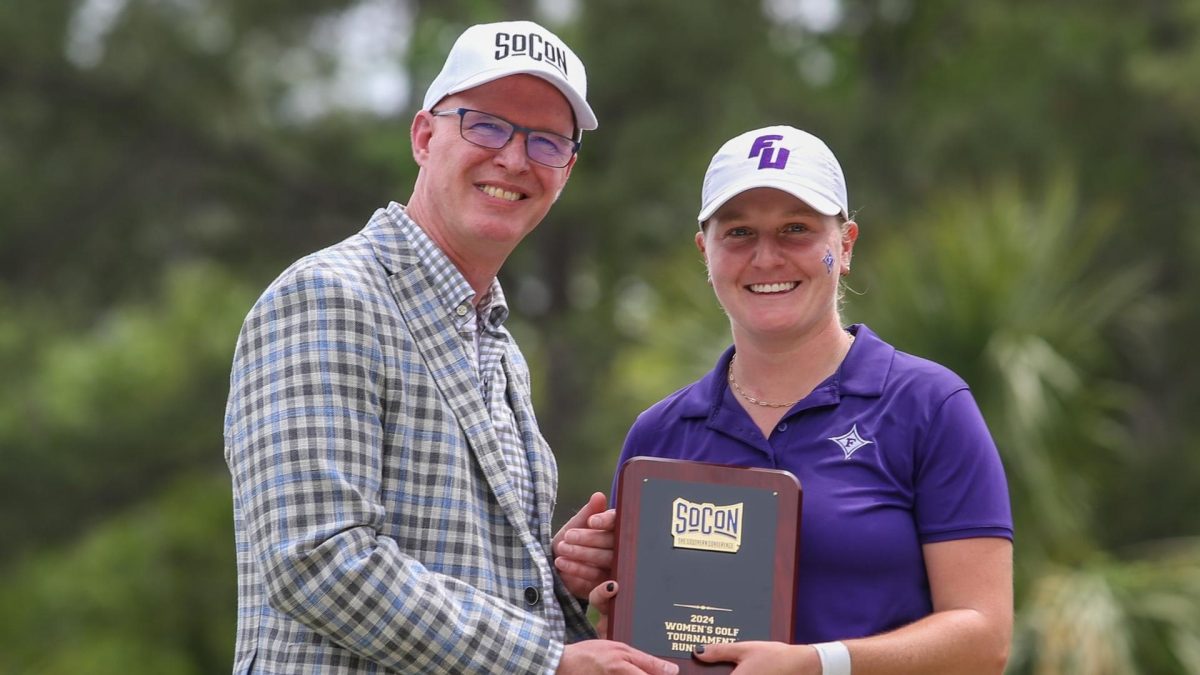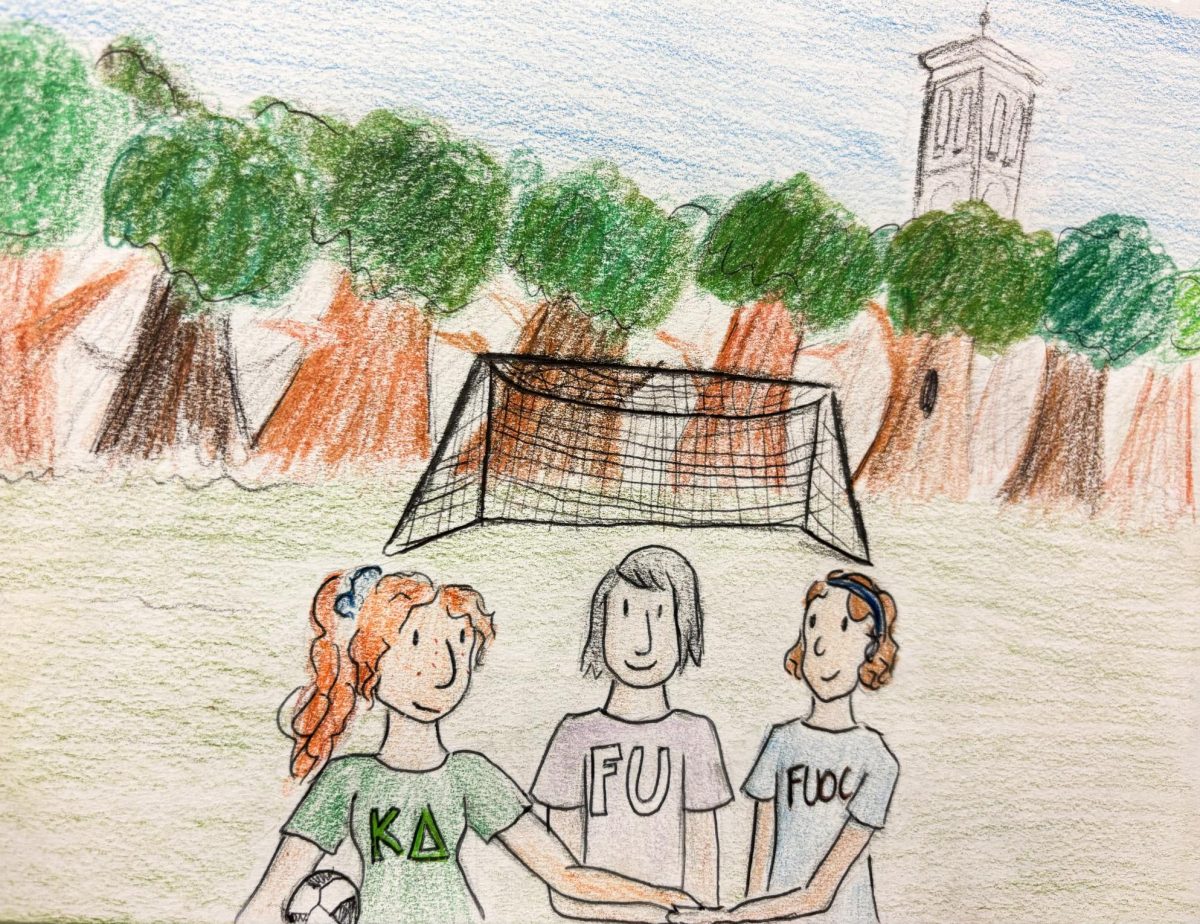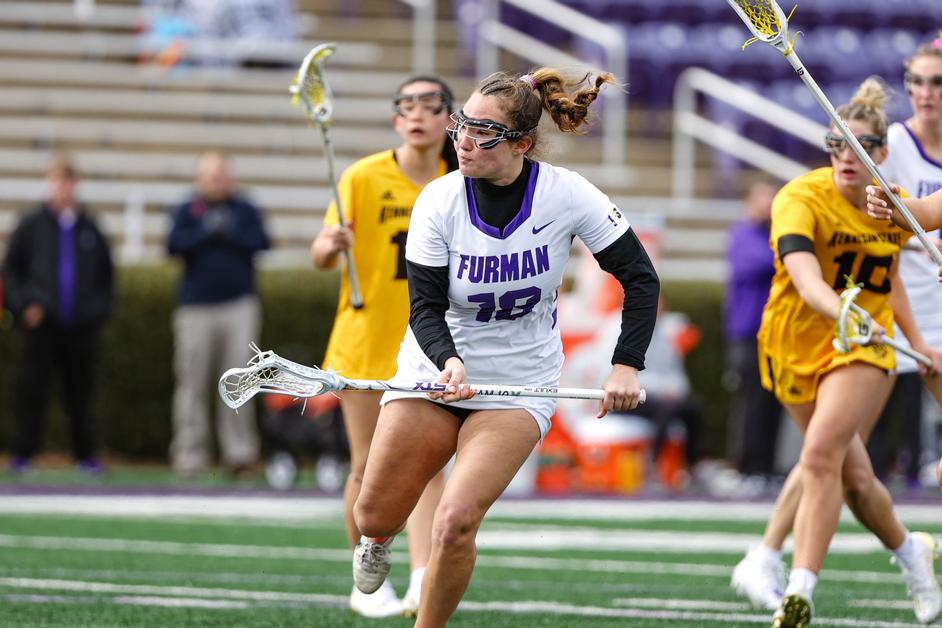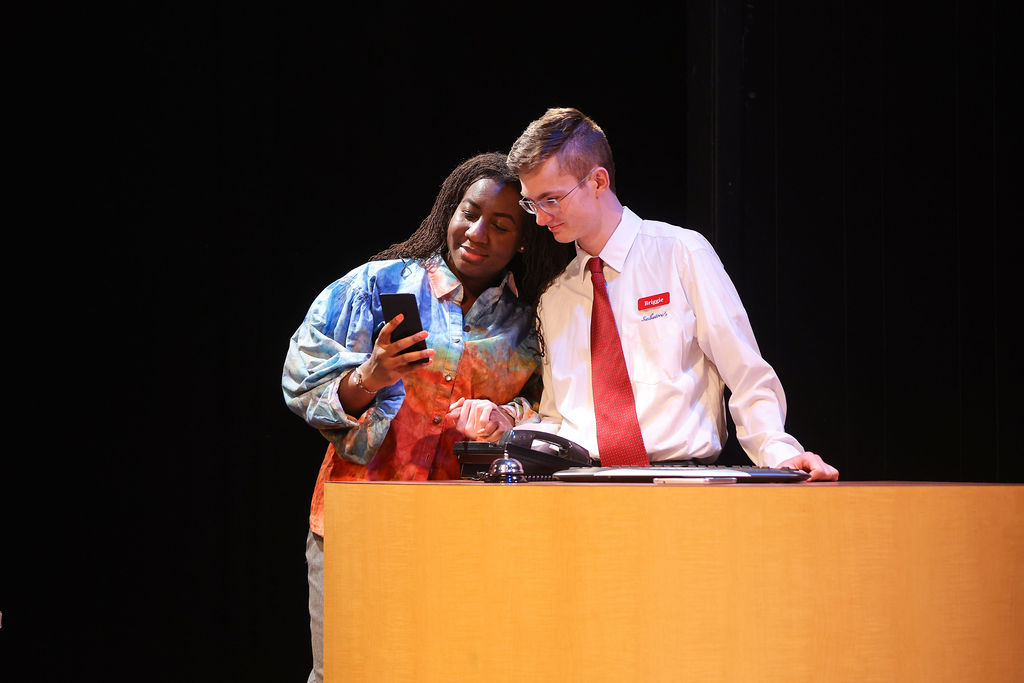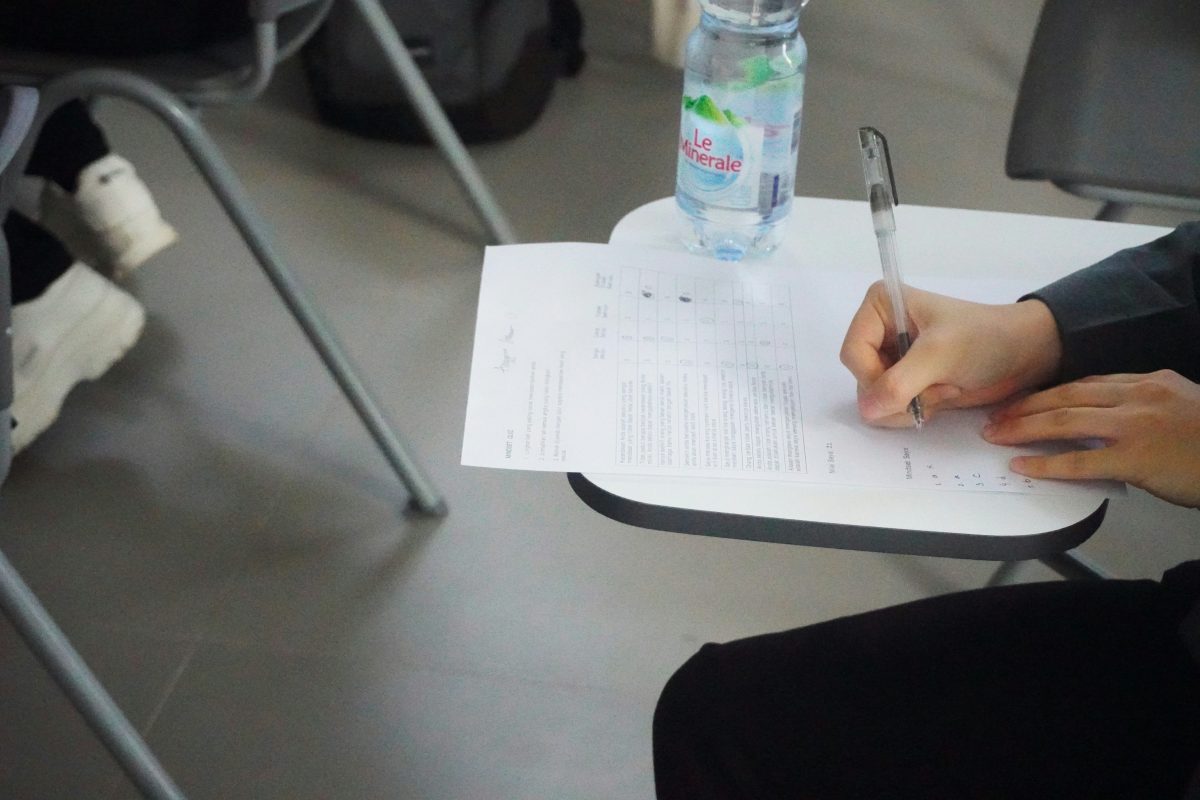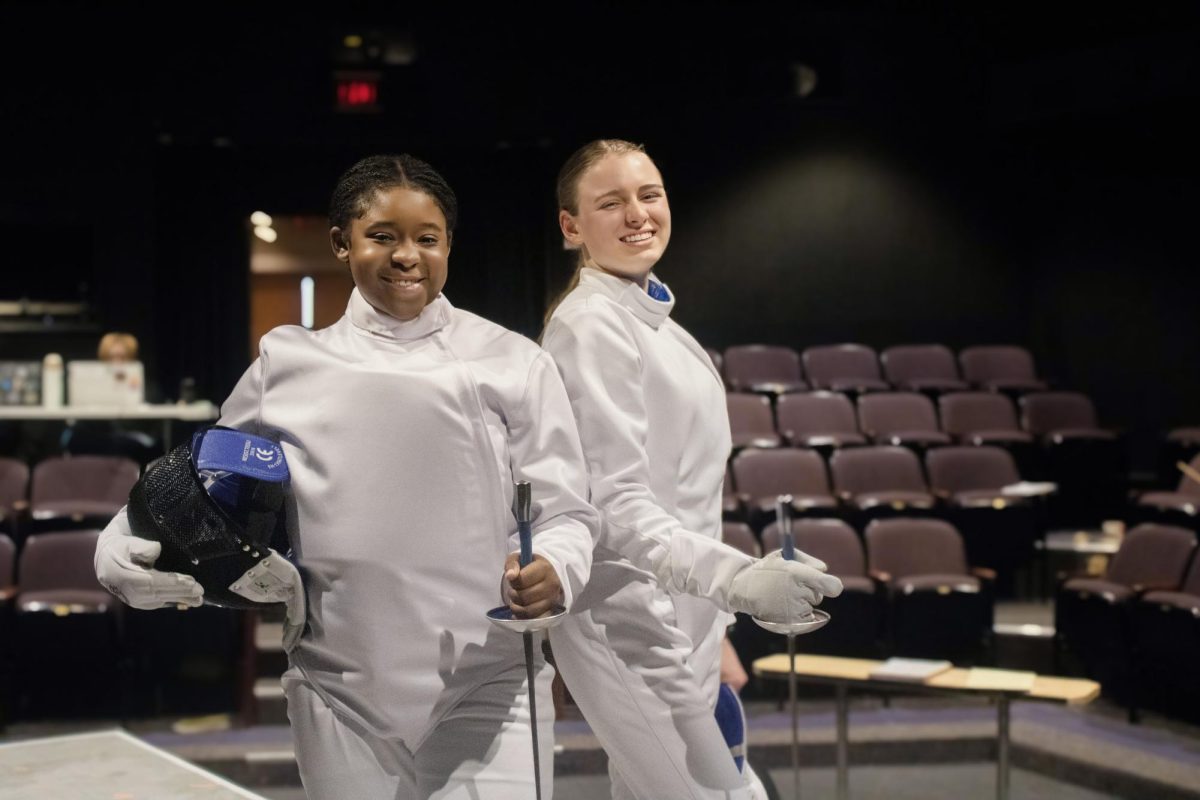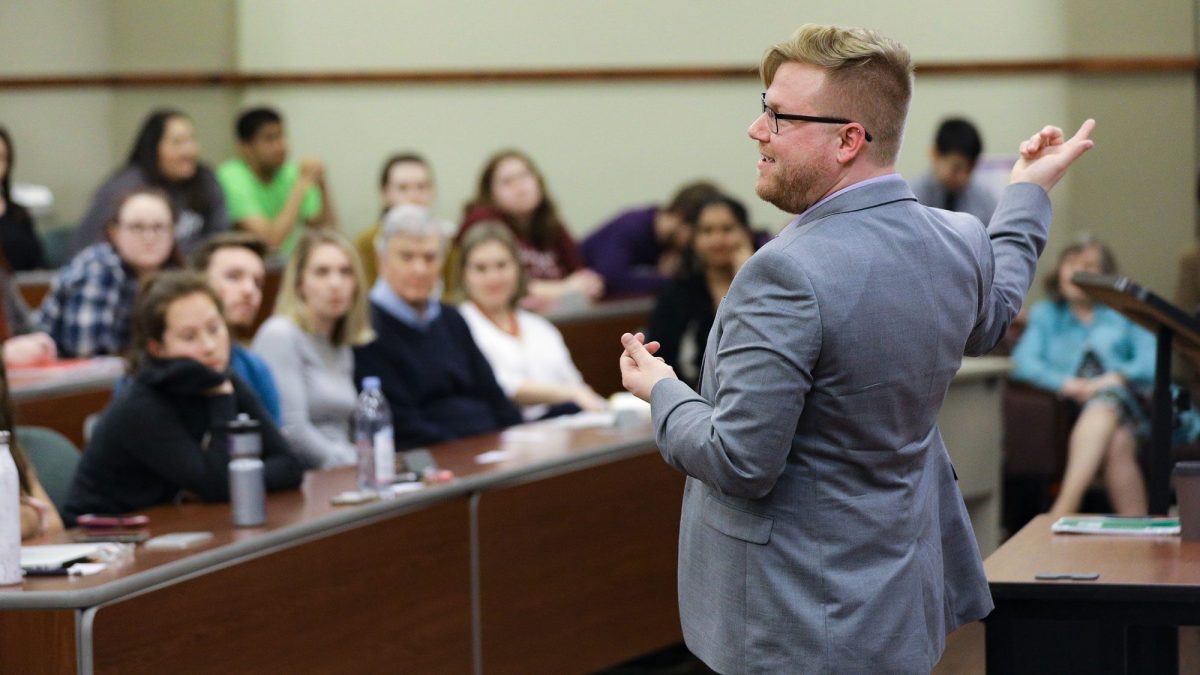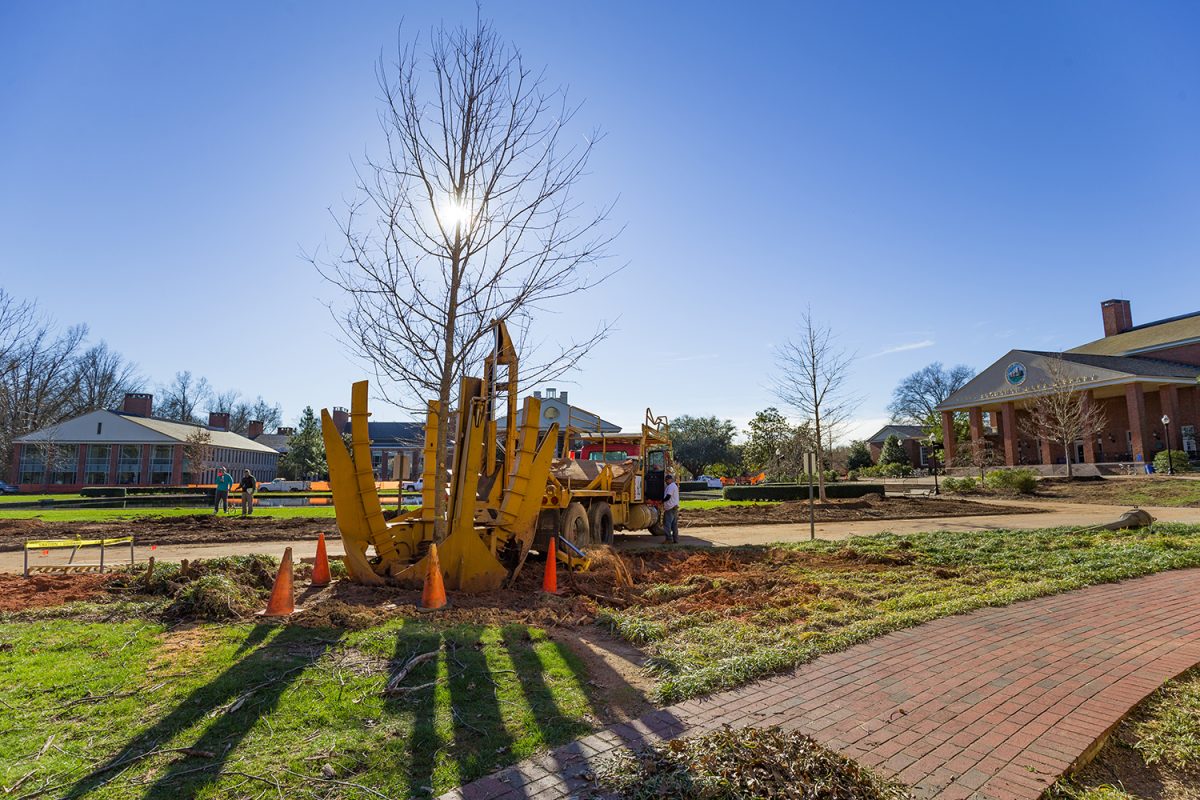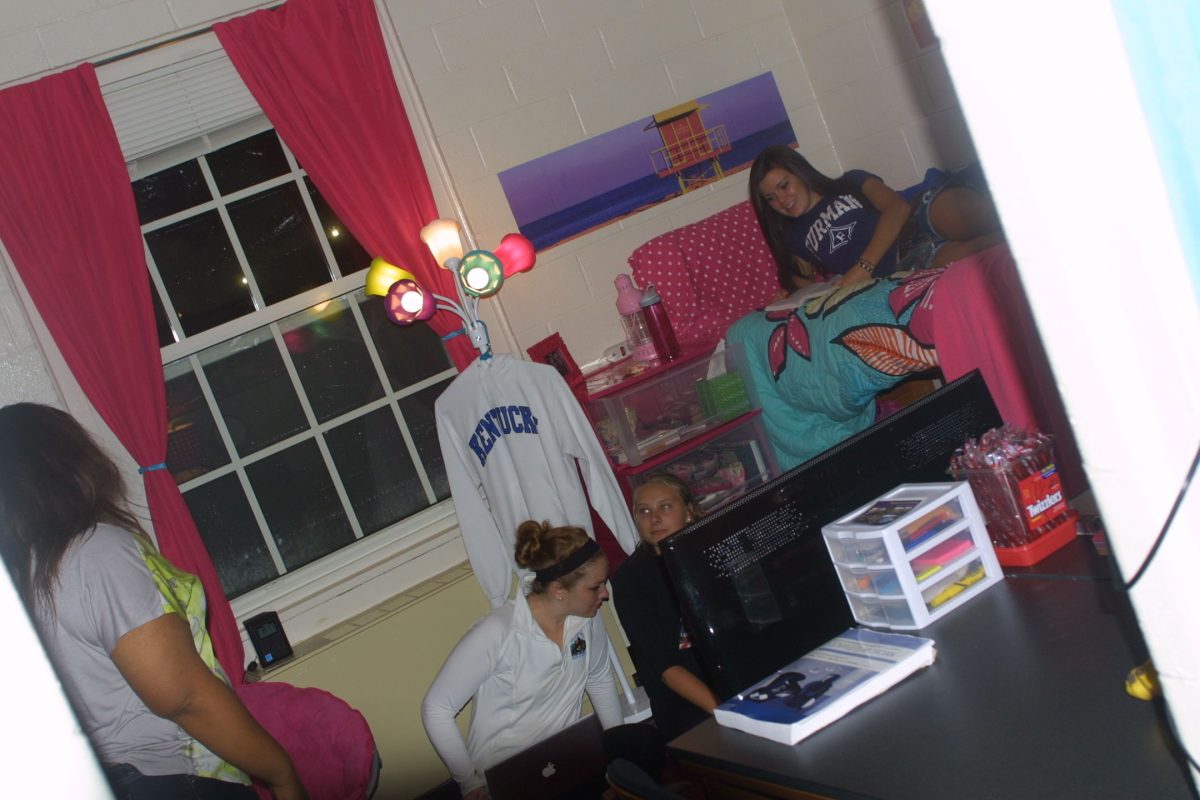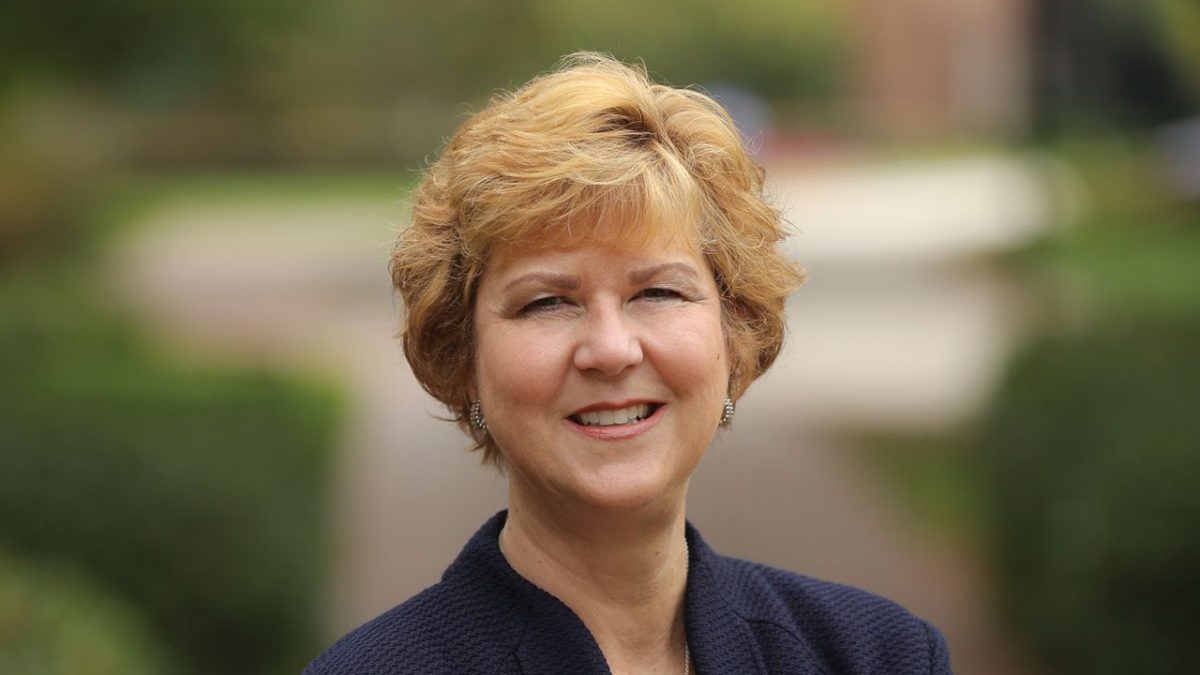Just 588 of the 785 students who entered Furman as freshmen in the fall of 2011 received an undergraduate degree last spring at Commencement, retaining 74.9 percent four-year graduation rate for the class of 2015.
“This is lower than our typical average four-year graduation rate of about 80 percent,” said Jason Cassidy, Dean of Students. It is also the lowest rate for an individual class since before 2000.
Vice President of Enrollment Management, Mike Hendricks, agrees.
“If you look at the data, they’re all over the place. That year is an anomaly here at Furman. You could see it. Furman’s normal four-year graduation rate is pretty good,” Hendricks said.
The Class of 2015 had one of the highest entering freshmen cohorts in Furman’s history, another distinction from previous trends.
The reasons behind the dip in four-year graduation rate vary: the university has seen a rise in the percentage of students graduating in five or six years with both of those rates clocking in at 84 percent on average.
Secondly, Furman has seen a drop in fall-to-fall retention rates, or how many students return each year to complete their education. Post 2011, retention rates were just under 90 percent.
The most likely reason for the low rate is how Furman recruited these students prior to 2011.
“There are probably lots of reasons that stem back. There were some admission strategies that were adjusted back during that time,” Cassidy said.
When the class of 2015 was recruited Furman did not have a VP of Enrollment Management overseeing applications and retention for incoming students. Hendricks started work earlier this year.
“I don’t know how they recruited back then, but it would seem to me that it was just poor institutional fit,” Hendricks said. “It wouldn’t necessarily suggest that it was low academic performance.”
How well students do at Furman is based on how they view themselves in relation to the university throughout their time at the institution, not just in their freshmen and sophomore years. This “fit” is expressed in extracurricular involvement as well as in classrooms.
The university has a wide variety of programs to support students and, ultimately, get them through the institution with a degree in four or five years. According to Cassidy, most attention is paid to the freshmen transition to college.
“Sometimes people wonder, ‘Why do you have all this stuff for the first year experience?’ Well the reason being is because that is the critical year,” Cassidy said. “If you can’t retain those students in the first year, then obviously you’re not going to have them in year two, three, four and so on.”
As for future graduation rate trends, the VP of Enrollment Management is confident that the dip for the Class of 2015 will not affect current or prospective students. The average four-year graduation rate will be slightly lower, but the Class of 2015’s rate is not the start of a new trend. The 2015 rate is more of a “wake up call” than a new chapter for the university.
Recruitment strategies have already changed to attract students whose first choice is Furman, and ensure a higher retention and graduation rate overall.
“A lot of that was changed up in the last couple years under President Davis,” Hendricks said. “You want kids who want to be here.”

